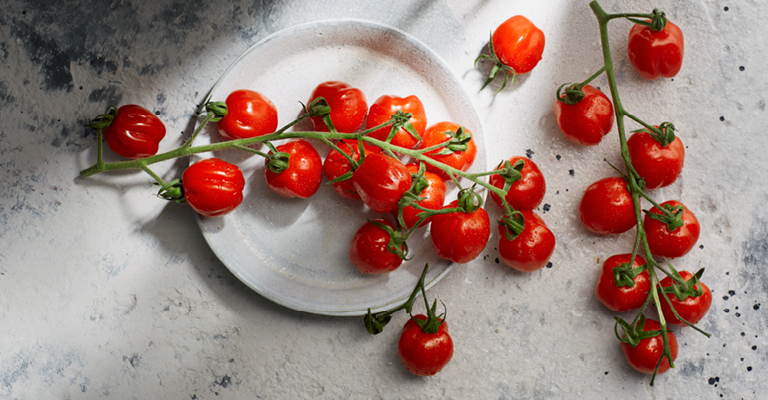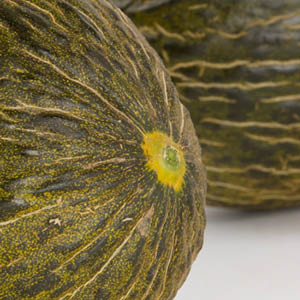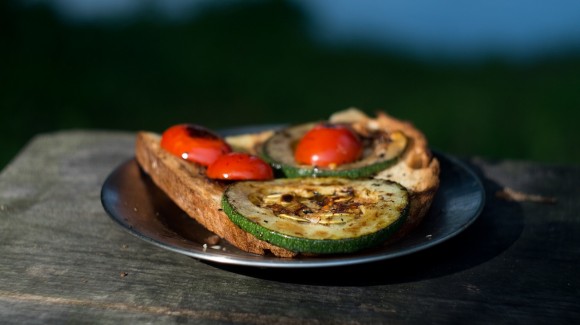
Cooking
What is a Piel de Sapo melon?
Are you aware of the deliciously sweet and refreshing flavour of the Piel de Sapo melon? Originally from Spain, the melon is now grown in Australia all year round. Keep an eye out for this ugly melon and don't be afraid to try it out!
What is a Piel de Sapo melon?
The Piel de Sapo melon, although not widely known in Australia, is the melon of choice in Spain. Piel de Sapo means “frog skin” in Spanish, and while the rough mottled rind of these melons closely resembles the amphibian they are named after, it has led some Australian growers to call them "Croc-melons".
The melon is shaped like an oval, similar to a football. The thick rind means that Piel de Sapos possess excellent shelf life and transportability and its tough exterior hides a dense, juicy and refreshing sweet flesh that has to be tried to be believed.

How do they differ from a rockmelon or honeydew melon?
The Piel de Sapo is different in appearance both internally and externally to a rockmelon. They are green on the outside with creamy yellow flesh, similar to a honeydew but generally sweeter in taste.
When you cut a piel de sapo, don't cut too closely to the rind as that's where the melon isn't as sweet.
Where are they grown in Australia and when?
Piel de Sapos are available all year round as the melon can grow in southern Australia in summer and in northern Australia during the winter months.

How do I pick a good one?
The secret to picking a good Piel de Sapo melon is to select a firm, yellowing olive-coloured melon with ample ‘netting’ or ‘cracking’ lines on the skin. This indicates that the melon has been harvested at its peak so its pale green-coloured flesh is sweet and ready to eat.
Look for a yellow “dollar spot” at the stem and a yellow resting base. The melon will be non-aromatic.
How should I store the melon and how long will it last?
Once you cut this melon up to share it’s not likely to last long! But Piel de Sapos do have a long shelf life and are best stored at a consistent 7-8 degrees celcius. The melon doesn't like going in and out of refrigeration as the skin can condensate, resulting in black spots.
How should I serve a piel de sapo?
Although the Piel de Sapo is perfect on its own, its versatility allows it to be included in a range of meal occasions including for breakfast, as a snack, salads, appetisers, desserts and cheese platters paired with a crisp white wine. Click here for recipe ideas.




